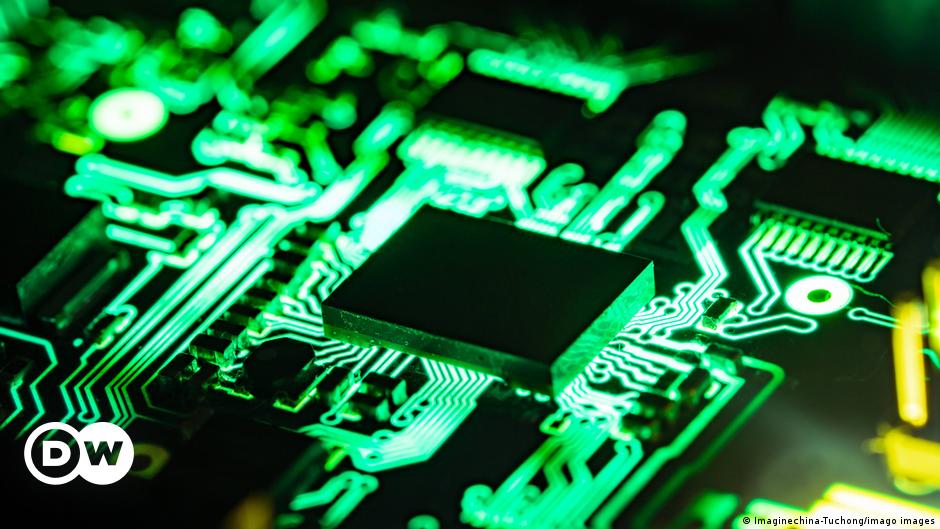It is the largest single investment in the company’s history to date, and with the new facility, Dresden leaves the other Infineon locations Kulim in Malaysia and Villach in Austria far behind. In autumn 2026, the first chips should leave the plant, which is being built directly adjacent to the existing Infineon production facilities on a rock in the north of the Saxon state capital.
Even before the groundbreaking ceremony, which will be celebrated with prominent guests on Tuesday, the excavators roll in and prepare the construction site. Saxony’s state chancellery has made the chip industry a top priority, and a separate state commissioner is appointed for major projects. Approval procedures are accelerated, earthworks are possible before the building permit.
Head of State Chancellery Oliver Schenk speaks of a success story of the turnaround, which shows in the establishment of the chip industry – meanwhile every second to third European semiconductor comes from Saxony.
Greater Independence
With numerous research institutions and suppliers, a chip ecosystem that is respected worldwide has developed, which is also based on decades of experience in Dresden with semiconductor production. The first semiconductor factory was built here in 1961, during the GDR era. Today, however, larger companies and especially their headquarters are in short supply. The decisions about an investment are made in Munich, Stuttgart or the USA – which recently met with criticism from the head of the Leibniz Institute for Economic Research in Halle, Reint Gropp, who is critical of the subsidy race.
The European Union (EU) aims to reduce Europe’s dependence on Asia for semiconductors. The chip shortage during the corona pandemic has made the industry aware of the vulnerability of global supply chains. Not least because of the lack of chips, the automotive industry was struggling with massive production downtimes, and despite high demand, car sales in Europe fell to their lowest level in almost 30 years. With a “European Chips Act” with a total volume of 45 billion euros in public and private investments, the global production share of semiconductors in Europe is to be doubled to 20 percent within ten years.
State Chancellor Schenk would like even more support to persuade other companies to settle there. The federal government has set aside billions for chip projects, but “if you look at the investments by Wolfsspeed, Intel, Infineon, then this money is quickly gone,” he said. The US manufacturer Wolfspeed recently announced the construction of a factory in Saarland, and Intel is building a large plant in Magdeburg. State support plays an important role in investment decisions.
Almost next door, in Zwickau, Saxony to be precise, research is being carried out, including in cooperation with VW and Infineon
This should only be the beginning
Other companies are to come, according to the will of the State Chancellery, preferably to Saxony. The Free State has an area of 170 hectares near Dresden that is available for chip investors; work is in progress on another piece of land near Leipzig.
The industry is keeping an eye on TSMC in particular. TSMC boss CC Wei said when presenting the latest quarterly figures that his company was considering building a chip factory in Europe that would specialize in customers in the automotive industry. Dresden is positioning itself for this – but a decision is still pending.
Chips for wind turbines and cars
In the new facility, Infineon wants to produce so-called analog mixed-signal chips, which are required for wind farms or electric cars, among other things – wherever electricity has to be efficiently conducted and regulated. The company justified the investment with the good long-term growth prospects of the industry.
Economies of scale, i.e. economic economies of scale, were an important point in the investment decision, said Dresden Infineon plant manager Raik Brettschneider: In order to produce as efficiently as possible, the clean room had to be built as large as possible. Infineon does not say how big it will be. The US manufacturer Globalfoundries currently has the largest clean room in Dresden with more than 50,000 square meters.
